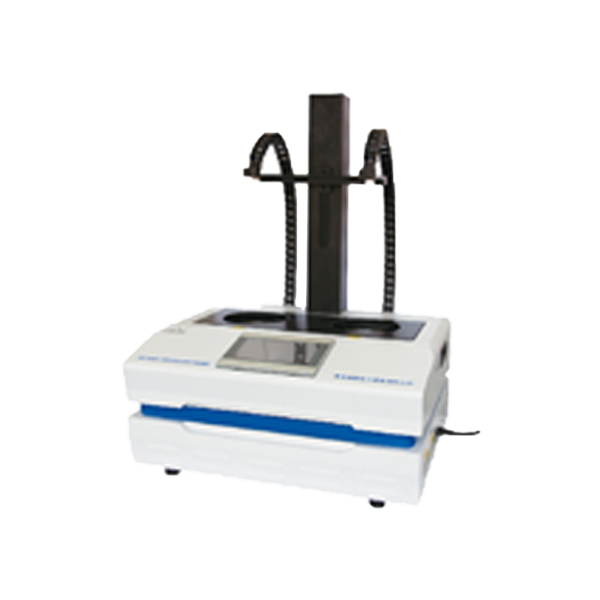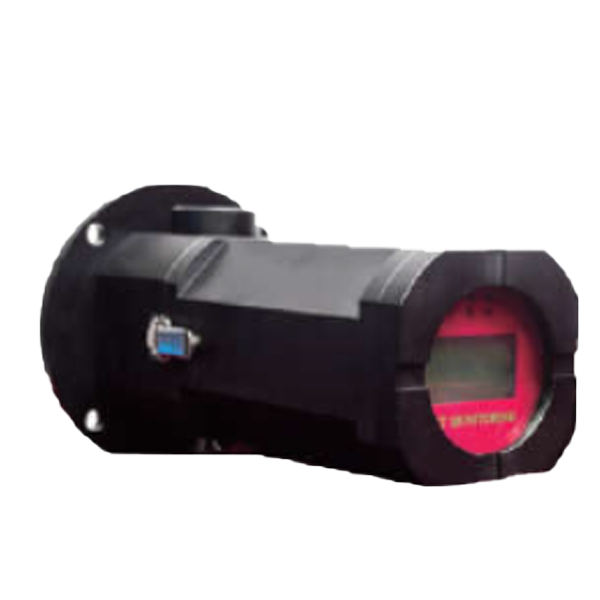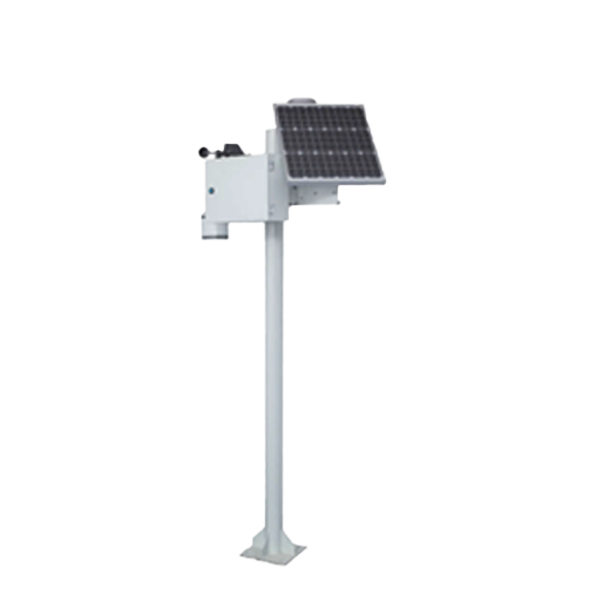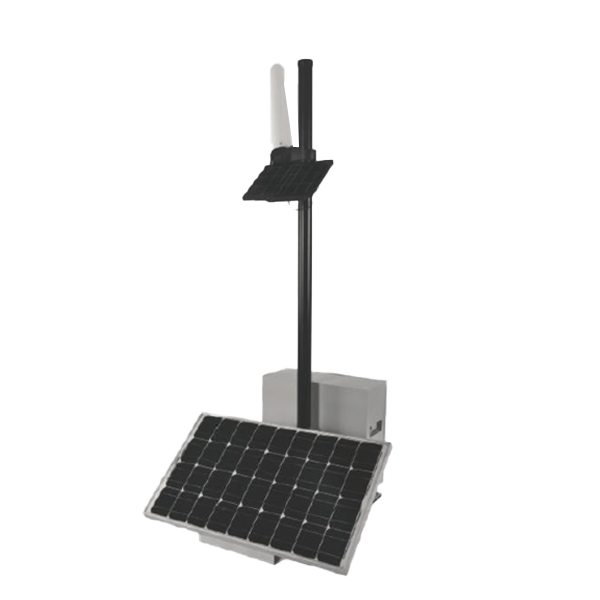hotline:020-29026320 |13903018415
-
-

Radiation detection instrumentation
-
HYGP-2223 exposure type X, γ radiation measuring instrument
-
HYGP-2223BX, gamma dose rate meter (with tripod)
-
FI-329M intelligent household nuclear radiation detector
-
HY-2000M digital multi-channel gamma spectrometer
显示更多 -
-

Laboratory Equipment
-
Radioactive distillation apparatus in water
-
2200Q portable turbidity meter
-
SPE Solid Phase Extraction Device
-
Portable spectrophotometer
显示更多 -
-

Portable environmental monitoring equipment
-
VOCs gas analyzer
-
Portable handheld VOC detector
-
Portable all-in-one multi-parameter analyzer
-
Dust detector
显示更多 -
-

Environmental online monitoring system
-
CM-WG8200 grid air quality detection system
-
On-line monitoring system for CM-VOCs-5000 volatile organic compounds
显示更多 -
-

UAV Online Environmental Monitoring
-
OS-2 UAV Electromagnetic Environment Monitoring System
-
Nuclear emergency radioactive source search UAV
-
UAV Monitoring System
显示更多 -
-

On-line Monitoring System of Electromagnetic Radiation
-
On-line Monitoring System of Electromagnetic Radiation
-
Automatic Monitoring System of HYEH460 Electromagnetic Radiation
-
HY-900A launch type radiation environment automatic monitoring station
-
OS-8 S Frequency Selective Electromagnetic Environment Online Monitoring System
显示更多 -
-
Unveiling the Essentials of Radiation Detection Instrumentation
2025-06-29
Understanding Radiation Detection Instrumentation
Ever wondered how scientists and safety professionals keep tabs on radiation levels? Well, it’s all thanks to radiation detection instrumentation. These nifty devices not only help us monitor radiation but also play a crucial role in ensuring our environments are safe. Let’s dive into the ins and outs of these remarkable tools!
Types of Radiation Detection Instrumentation
Okay, so let’s break it down. There are several types of radiation detection instruments out there, each with its unique purpose:
- Geiger-Muller Counter: This classic device clicks away when it detects radiation. It’s like your very own radioactive alarm system!
- Scintillation Detector: Utilizing special materials that emit light when they encounter radiation, these detectors are incredibly sensitive and provide accurate readings.
- Dosimeters: Often worn by professionals working in high-radiation areas, dosimeters measure the dose of radiation exposure over time. Think of them as your personal radiation watchdog!
Why is Radiation Detection Important?
Now, you might be asking, "Why all the fuss about radiation detection instrumentation?" Well, my friend, radiation can have serious health implications. Monitoring it helps us:
- Protect public health and safety
- Ensure compliance with regulatory standards
- Conduct scientific research effectively
And let's face it, in a world with nuclear energy and medical imaging, we need to keep our eyes peeled!
The Underlying Technology
Radiation detection instrumentation operates on fascinating principles. Most of these devices are designed to interact with ionizing radiation, which includes alpha, beta, and gamma radiation. The technology behind them can be quite complex, but here’s a simplified rundown:
- Ionization: When radiation passes through the detector, it ionizes the atoms within, creating charged particles.
- Signal Processing: These charged particles are then collected and converted into an electrical signal.
- Readout: Finally, the signal is displayed, indicating the amount of radiation detected.
Choosing the Right Instrument
With so many options, how do you pick the right radiation detection instrumentation? Well, it boils down to a few key factors:
- Type of Radiation: What kind of radiation are you dealing with? Different instruments excel at detecting different types.
- Sensitivity: Do you need to detect low levels of radiation? If so, choose a more sensitive device.
- Portability: Are you on the go? Look for lightweight and battery-operated models.
Real-World Applications
Let’s not overlook where this technology is being put to use! From hospitals to nuclear power plants, radiation detection instrumentation is everywhere:
- Healthcare
- Environmental Monitoring: Keeping tabs on background radiation in our environment helps in protecting ecosystems.
- Emergency Response: In the event of a nuclear incident, these instruments are vital for assessing safety.
The Future of Radiation Detection
As technology advances, so does radiation detection instrumentation. Innovations like portable devices with smartphone connectivity are making monitoring easier than ever. Who knows? In the not-so-distant future, we might all be equipped with personal radiation detectors!
Conclusion
In a nutshell, radiation detection instrumentation is not just a cool gadget; it’s a critical component in keeping our world safe. Whether you’re a scientist, a safety professional, or just a curious mind, understanding these tools is essential. So next time you hear about radiation, remember the fantastic instruments working behind the scenes to keep us informed and safe!
Previous Page:

COOKIES
Our website uses cookies and similar technologies to personalize the advertising shown to you and to help you get the best experience on our website. For more information, see our Privacy & Cookie Policy
COOKIES
Our website uses cookies and similar technologies to personalize the advertising shown to you and to help you get the best experience on our website. For more information, see our Privacy & Cookie Policy
These cookies are necessary for basic functions such as payment. Standard cookies cannot be turned off and do not store any of your information.
These cookies collect information, such as how many people are using our site or which pages are popular, to help us improve the customer experience. Turning these cookies off will mean we can't collect information to improve your experience.
These cookies enable the website to provide enhanced functionality and personalization. They may be set by us or by third-party providers whose services we have added to our pages. If you do not allow these cookies, some or all of these services may not function properly.
These cookies help us understand what you are interested in so that we can show you relevant advertising on other websites. Turning these cookies off will mean we are unable to show you any personalized advertising.
online message
Telephone:13903018415(Manager Wang)
Business: 020-29026320
E-mail:wangxueli@haiyoukj.com
Address: Room 703, Tian 'an Innovation Building, Panyu Energy Saving Science Park, 555 Panyu Avenue North, Donghuan Street, Panyu District, Guangzhou

Sweep code attention

